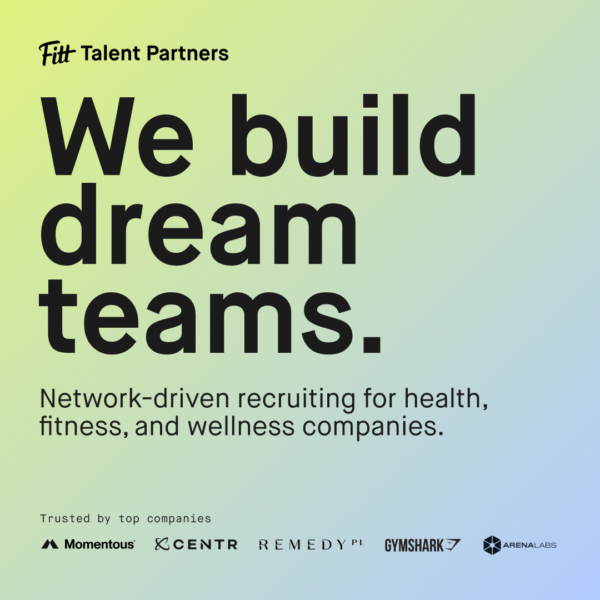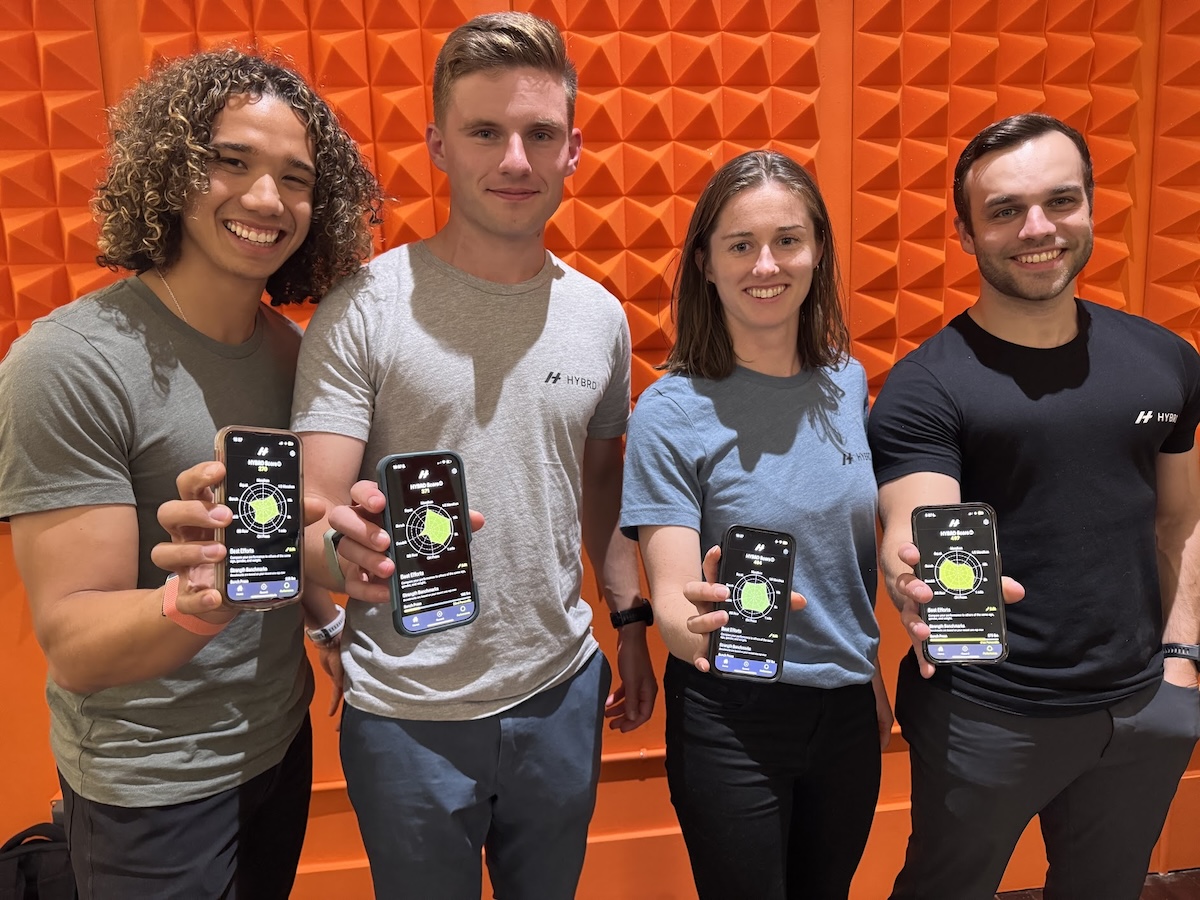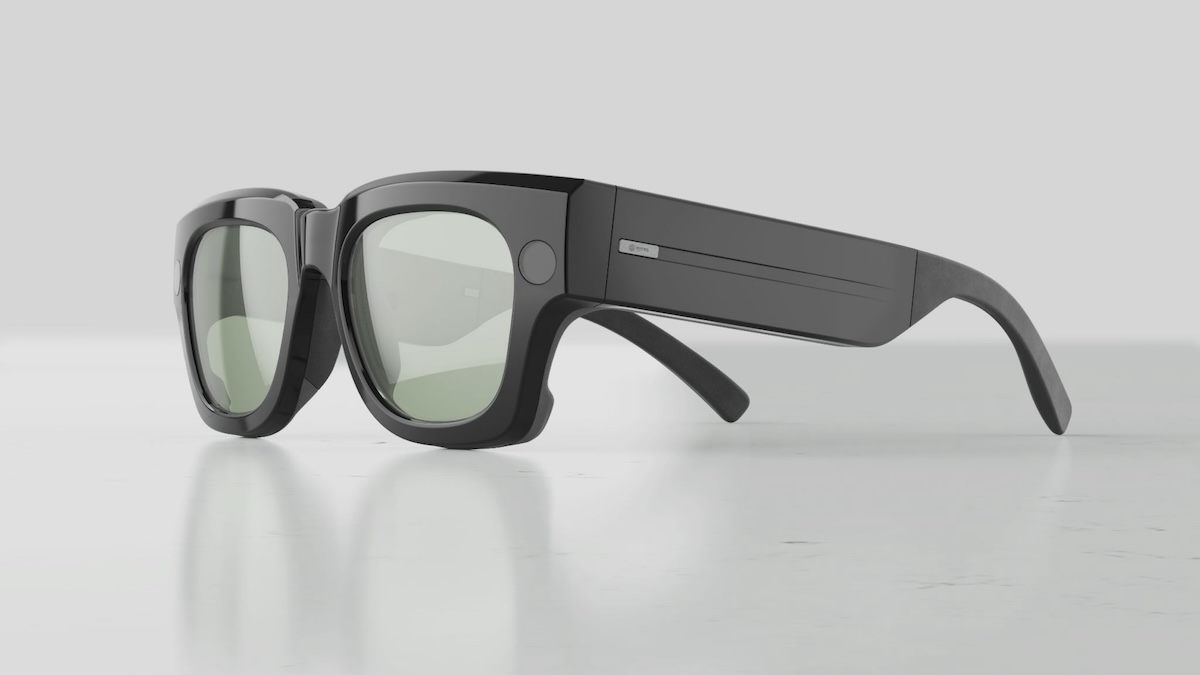In this Q&A, you’ll hear from Julian Jagtenberg, co-founder and CEO of Somnox, creators of a stress- and anxiety-relieving sleep companion. Julian discusses how his mother’s significant sleep issues led him to create a plush robot that improves insomnia outcomes.
Can you tell us about what you’re working on at Somnox?
Julian Jagtenberg: Somnox is a pioneering sleep tech company known for inventing the first device that improves sleep via proven cognitive and simulated human breathing techniques.
Our proprietary patented technology embedded in the Somnox sleep companion helps people wind down by guiding their breath, effectively relieving feelings of stress and anxiety while resulting in better sleep — and, ultimately, improving quality of life. Paired with the Somnox app, it brings personalized insights based on respiratory rate, all to unlock and improve your sleep potential.
50–70M US adults have a sleep disorder, with short-term issues from insomnia affecting 30% and 10% reporting chronic insomnia.
Current solutions are often limited to addictive sleep medication with side effects, ineffective supplements, and expensive, inaccessible therapy. And, while sleep improves nearly all aspects of life—including immunity, performance, and mental health—the use of pharmaceuticals can cancel out the positive effects of sleep.
Another problem, there’s little information available about how to establish healthy sleeping patterns. Sleep trackers are becoming increasingly popular (proof that people want to understand the way they sleep), but trackers are often inaccurate and only confirm sleep issues without offering guidance on how to improve.
Somnox isn’t the next sleep tracker or meditation app. Our holistic approach to sleep ensures better health and happiness through all hours of the day and night, simply through the power of breathing.
How did you come up with the idea? What key insight led you to pursue this opportunity?
JJ: Our story starts with my mother, who was experiencing significant sleep issues. Due to sleep deprivation, she often felt sluggish, had lower immune resistance, and had little energy.
She tried everything to solve this, but nothing worked. Finally, after multiple failed attempts, I took matters into my own hands. With a background as a robotics engineer at the Delft University of Technology, I decided to research sleep and found that the root cause of sleep issues is caused by feelings of stress and anxiety.
After conducting extensive literature research, I realized the power of breathing had a profound effect on the autonomic nervous system and a positive impact for sleep. After testing countless prototypes with my mom, we ultimately arrived with one that did the trick!
Thereafter, the founding team and I conducted multiple studies with a broader population to determine the effects of our invention, finding that people fell asleep faster, stayed asleep longer, and experienced fewer feelings of stress and anxiety along the way.
Around the same time, I also discovered a scientific paper describing the profound and soothing impact of having a baby gently breathing on your chest and the mimicking effect humans innately share.
Alongside a team of engineers, I made thousands of prototypes to mimic the breath and inserted sensors in the device to detect respiration rates, personalizing the experience and gently guiding (and slowing) the user’s breathing pattern to reduce feelings of anxiety, stress, and sleeplessness.
How did you turn your idea into a company?
JJ: We started our company within the robotics institute of the University of Technology in Delft. We were working with soft robotic technology — robots made out of silicon inspired by the movie Big Hero 6 and its character Baymax.
After inventing the prototype and testing it intensively with my mom and others suffering from chronic sleep issues, I was pleased to see just how promising it was. We then conducted official sleep studies to determine the scientific impact and efficacy of our original Somnox prototype.
We published the paper with our findings and received a ton of interest from media like The Times. Overnight, our inbox was exploding with requests from insomniacs asking to purchase our invention. We then patented Somnox and got to work building a business out of our invention, bringing the power of breathwork to the world.
Once we were able to patent the device, we launched a Kickstarter campaign to encourage our growing and engaged community to place pre-orders and enable us to enter production. Beating our $100K goal, we raised more than $500K in just 30 days.
We leveraged these newfound funds to partner with Auping, a leading circular mattress firm in the Netherlands, and ultimately created the first mass-produced Somnox sleep companions in 2019.
We debuted the first-generation Somnox in the US during CES 2019 (also dropping samples in hotel rooms of journalists) and gained massive international exposure for our product and the premise.
This all resulted in the first 1K customers and international distributors for our product. Given this commercial success, we were able to hire a stellar team in the space of sleep science, technology, and healthtech before raising our seed round with Health Investment Partners.
With tons of sleep data and consumer feedback from our first-gen product, plus years of engineering and intensive testing, we unveiled the Somnox 2.
How big can this get? What’s the addressable market and how do you go about capturing it?
JJ: One in three Americans has trouble sleeping. Millions are tired, stressed, and sick from lack of sleep. In 1942, eight hours of sleep was the norm. Today, people get an average of 6.8. It costs the US $411B each year, and people are finally waking up to the toll of lost sleep.
According to a research report published by Polaris Market Research, the size of the global sleeping aids market is expected to reach $118.31B by 2030 (up from $64.08B in 2021), growing 7.1% annually between 2022 and 2030.
Somnox addresses the stress-related sleeplessness market, where we plan to scale internationally and provide a broader variety of products and services. We’re on a mission to help 100M worldwide achieve better sleep by 2030, and I believe our recent expansion to the US market is one giant step in that direction.
A proof point, after taking our Somnox 2 to market, we’ve seen 148% YoY growth (2020–2021). For consumers, 82% of people improve their sleep in four weeks’ time, while 86% use Somnox every night, even after 180 days.
Who is the core customer? How are you acquiring customers? And how will you grow the customer base?
Our core customers fall into three categories:
- Those who want to improve their sleep
- Those experiencing sleep issues due to feelings of anxiety or stress
- Those seeking natural alternatives to prescription sleep aids
We acquire customers like these online with a direct-to-consumer approach (via paid ads) and by creating scientific, quality content on our blog to educate our community on the importance of sleep, breathing, anxiety, and mental health.
We also partner with strategic affiliates (such as sleep experts and yoga schools) to become our “on the ground” sales force, directly addressing the wellness market and inviting their tribes to try Somnox. Our sleep tech is definitely a “you have to feel it to believe it” experience.
Looking at your road map, what are some of the milestones you’re targeting over the next 3-6 months?
JJ: In late May, we launched the latest iteration of the Somnox sleep companion in North America, expanding our footprint to address the millions of people who are looking to improve their sleep and explore the benefits of a calm mind and effective breathwork.
Next up, we are improving our tech stack to offer Bluetooth streaming and integrating meditation apps like Headspace and Calm.
We are also raising our Series A round with strategic partners in the health and wellness industries. Our ideal investors are passionate about sleep and have synergistic businesses in their portfolios — alongside a proven network and track record in scaling B2C businesses across North America and Europe.
In the meantime, we’re doubling down on scientific studies to become an evidence-based and education-centric brand that includes a plethora of healthcare professionals and leading academic institutions. Later this year, we will attend the SLEEP 2022 conference and publish our full study results.
Anything else you’d like to share with readers?
JJ: The key message I like to remind people about is that if you’re interested in improving your overall wellness, changing your sleep and breathing habits can be one of the most effective investments you can make.
Sleep is more than a pillar of good health; it is the foundation on which exercise and diet are built. Compromising the bedrock of sleep lessens the efficacy of an otherwise healthy diet and lifestyle.
There is a chapter from Matthew Walker’s Why We Sleep titled “The Shorter Your Sleep, the Shorter Your Life” — and I’ll leave it at that!
Related reading from Fitt Insider: The Zzz Economy
If you’re interested in having your company featured in our Startup Q&A series, send an email to team@fitt.co.
 Somnox
Somnox



